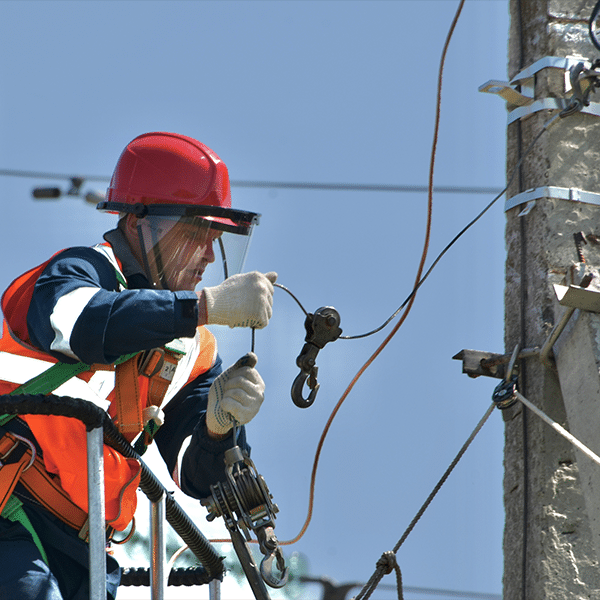Research undertaken at the University of Glasgow’s James Watt School of Engineering has demonstrated Open Radio Access Network (O-RAN)-based capabilities that could pay big benefits, especially for people who live in rural areas.
The demonstrations were dental “exams” physically performed on dentures at a remote location. In addition to an open-source O-RAN, the research used 4G LTE and a haptic controller connected to a robot arm. A repurposed USB network dongle created stable enough connections for the demonstration. The researchers also used xApps — specialized software that helps fine tune signal quality, data rates, and latency.
The system communicated between the base station, the controller and the robotic arm with 10 Mbps of bandwidth, according to the press release.
The research was described in a paper entitled “Development of Open Radio Access Networks (O-RAN) for Real-time Robotic Teleoperation.” It was published in Communications Engineering.
“The O-RAN framework holds a great deal of potential for enabling intelligent, data-driven, programmable and virtualised networks, but a significant amount of work remains to be done to demonstrate that potential being achieved in the real world, beyond theoretical modelling,” said Dr. Saber Hassouna, a research assistant at the James Watt School of Engineering and the author of the O-RAN paper.
An innovative extension of telemedicine in which medical personnel can more or less feel patients could be a key driver of interest and, ultimately, investment in mobile networks in general and O-RAN in particular. Other use cases no doubt could build on such an evolution.
In February, 2024, Verizon said it has deployed more than 130,000 open RAN-capable radios, including massive MIMO radios. At the time, Verizon said O-RANs could foster competition and innovation into the radio access network ecosystem, including improved deployment flexibility, faster innovation in an open environment, and greater service options.


